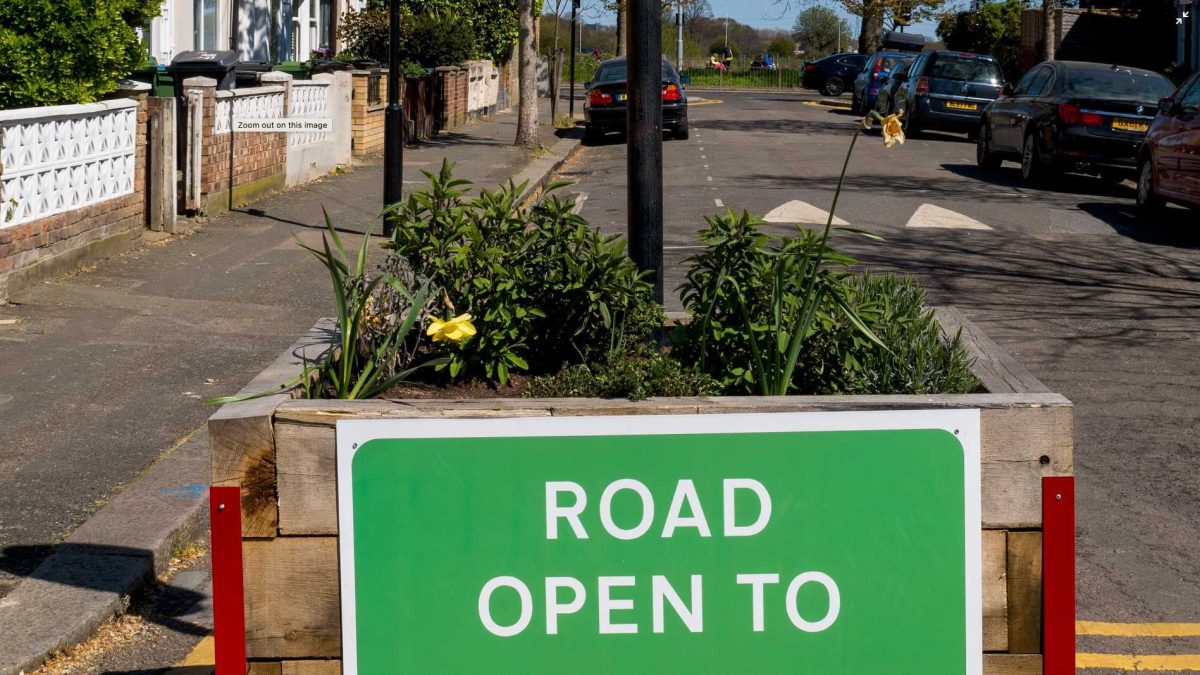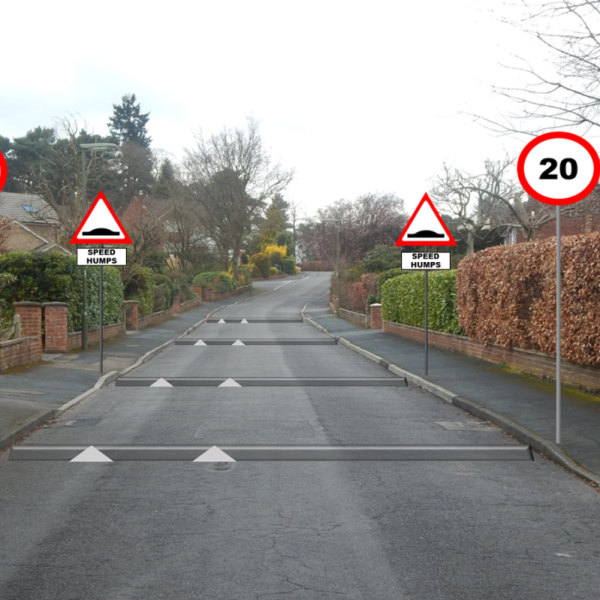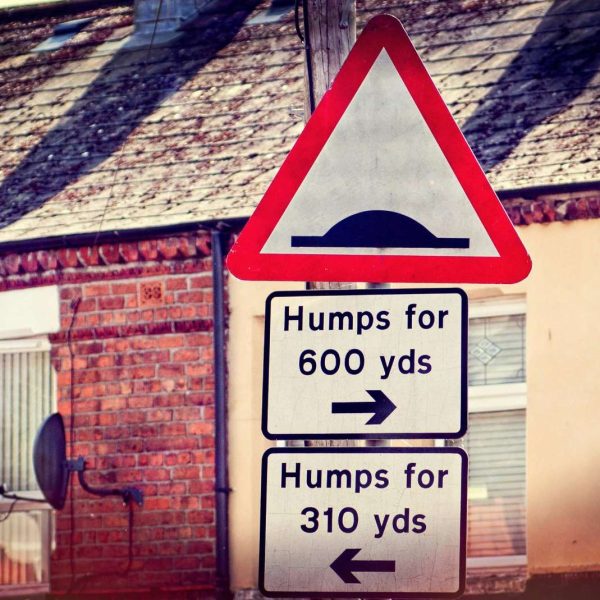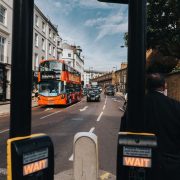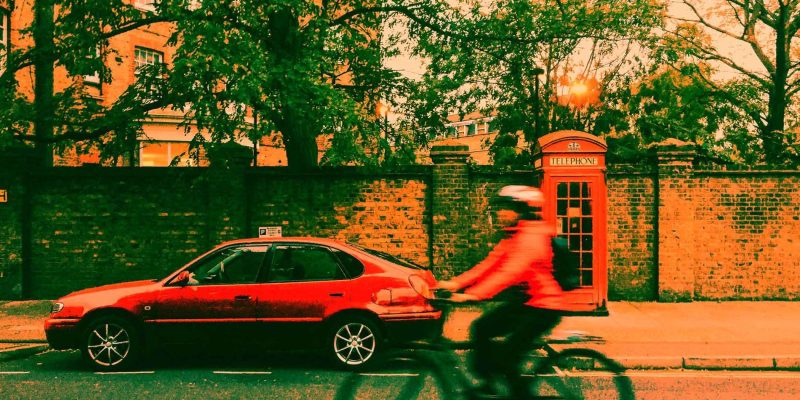
Evolution of Traffic Calming: Speed Bumps to Speed Tables
In the ever-evolving narrative of urban development, the story of traffic calming measures, particularly the transition from traditional speed bumps to more contemporary speed tables, is a fascinating chapter.
It’s a tale of how changing urban needs, technological advancements, and a deeper understanding of community impact have shaped the roads we travel every day.
Traffic Calming Early Days: Rise of the Speed Bump
The speed bump, often seen as the progenitor of modern traffic calming measures, has a history dating back to the early 20th century. Initially, these were rudimentary humps installed to slow down vehicles, primarily in residential areas. Their primary objective was simple: to reduce vehicle speeds for the safety of pedestrians, especially children.
However, the traditional speed bump, with its abrupt elevation, soon revealed its limitations. Complaints of vehicle damage, increased noise pollution, and potential delays for emergency services began to surface. This led to a quest for more refined solutions – an endeavour that laid the groundwork for the development of speed tables.
Enter the Speed Table: A Refined Approach
Speed tables emerged as a response to the shortcomings of speed bumps. They retained the fundamental purpose of their predecessor – slowing down traffic – but introduced a design more considerate of vehicle dynamics and urban aesthetics.
The most notable difference is the design structure. Unlike the sharp rise and fall of speed bumps, speed tables feature a flat-top surface elevated to the level of kerb height, with gently sloping ramps on either side. This design significantly reduces the discomfort and potential vehicle damage associated with speed bumps, making them more suitable for a variety of road types, including those frequented by heavier vehicles like buses and trucks.
Material Matters: Innovation in Construction
The evolution of materials used in the construction of traffic calming measures, particularly speed tables, is a key element in their adaptation to modern urban environments. This progression reflects not just a change in the physical composition of these structures but also underscores a broader commitment to sustainability, efficiency, and urban compatibility.
Diverse Material Palette
Initially, speed tables were predominantly constructed from traditional materials like concrete or asphalt. While effective, these materials posed limitations in terms of environmental impact, flexibility, and cost. Modern speed tables, however, have embraced a broader palette of materials:
- Rubber and Recycled Plastics: The use of rubber, often sourced from recycled tyres, and recycled plastics has become increasingly popular in constructing speed tables. This choice is driven by environmental consciousness as it helps in reducing waste. Rubber speed tables offer additional benefits – they are less abrasive to vehicle tyres, produce less noise when driven over, and can be removed or relocated if necessary, offering flexibility in urban planning.
- High-Density Polyethylene (HDPE): HDPE is another material that has gained traction. It’s known for its strength, durability, and resistance to environmental elements. HDPE speed tables can withstand heavy traffic and varying weather conditions, making them a long-lasting solution.
- Composite Materials: The use of composite materials, combining properties of plastics, rubber, and other substances, is an innovation in speed table construction. These composites can be engineered to achieve specific qualities like enhanced durability, flexibility in design, or improved aesthetic appeal.
Sustainability and Environmental Considerations
The shift towards more sustainable materials in speed table construction is aligned with global efforts to reduce carbon footprints and promote environmental stewardship:
- Reduced Carbon Emission: Manufacturing processes for materials like rubber and HDPE often have a lower carbon footprint compared to traditional asphalt or concrete production.
- Recycling and Reusability: By using recycled materials, speed tables contribute to the circular economy, where materials are reused and recycled, reducing waste and resource consumption.
- Eco-Friendly Manufacturing: Many modern materials used in speed tables are produced with eco-friendly manufacturing processes, further diminishing the environmental impact.
Aesthetic and Functional Synergy
Beyond sustainability, there’s also an increasing emphasis on the aesthetic integration of speed tables into urban landscapes. Modern materials allow for more design flexibility – whether it’s about colour, texture, or shape. This flexibility ensures that speed tables can be seamlessly integrated into various urban settings, enhancing rather than detracting from the visual appeal of the environment.
Moreover, these materials can be engineered to specific performance requirements, such as optimal heights and angles for effective speed reduction, as well as noise dampening properties, making them suitable for residential areas and busy urban centres alike.
The innovation in materials used for constructing speed tables is a critical aspect of their evolution. It reflects a growing recognition of the need for environmentally friendly, flexible, and aesthetically pleasing traffic calming solutions. As urban planners and engineers continue to seek out materials that align with these modern priorities, the role of innovative material choice in the design and implementation of speed tables will undoubtedly continue to expand and evolve.
Incorporating Bump Strips: Enhancing Traffic Calming Measures
In addition to the advancements in speed table materials, another notable development in traffic calming solutions is the use of bump strips. These strips, often confused with traditional rumble strips, have their unique place in urban road safety strategies.
Understanding Bump Strips
Bump strips are relatively thin, raised lines or ridges placed on the road surface, designed to provide an auditory and tactile warning to drivers. Unlike larger speed bumps or tables, bump strips are less about reducing speed by force and more about alerting drivers through sensory feedback. They are particularly effective in areas where sudden awareness of a changing road condition is essential, such as near pedestrian crossings, school zones, or merging lanes.
Material Advancements in Bump Strips
Like speed tables, bump strips have benefited from innovations in materials. Modern bump strips are often made from durable rubber or polymer composites, which offer several advantages:
- Noise Reduction: These materials can be engineered to produce less noise when driven over, making them suitable for residential areas.
- Durability and Flexibility: Rubber and polymer composites withstand wear and tear effectively and can adapt to various road surfaces.
- Visibility: Materials can be infused with high-visibility colours or reflective properties, increasing their effectiveness as visual cues.
Integrating Bump Strips with Urban Landscapes
The design of bump strips allows for a more subtle integration into urban streetscapes. They can be installed in a way that complements the road design, without being overly intrusive or diminishing the aesthetic quality of the area. This integration is particularly important in historic city centres or in areas where larger traffic calming installations might be impractical or undesirable.
Balancing Community Needs and Traffic Flow
One of the critical realisations in urban planning has been the importance of balancing traffic calming with maintaining an efficient flow of traffic. Speed tables have been pivotal in achieving this balance. By allowing a smoother transition for vehicles, they minimise disruptions while effectively slowing down traffic at crucial points, such as near schools, parks, and pedestrian crossings.
The Future: Smart Traffic Calming Solutions
Looking ahead, the trajectory of traffic calming is veering towards smart solutions. Concepts like dynamic speed bumps, which can adjust their height based on real-time traffic conditions, and speed tables integrated with LED lighting for enhanced visibility, are on the horizon. These innovations promise to make traffic calming more adaptive and responsive to the ever-changing urban environment.
To Conclude…
The shift from speed bumps to speed tables is more than just a change in design; it represents a paradigm shift in how we approach urban mobility and safety. It reflects a growing understanding that effective traffic management must be a blend of functionality, driver and pedestrian comfort, and urban aesthetics. As we advance, the focus will likely continue to be on developing traffic calming measures that are not only effective but also smart, sustainable, and in harmony with the needs of a modern city. This evolution, mirroring the broader evolution of urban spaces, is a testament to our ongoing endeavour to create safer, more livable communities.


